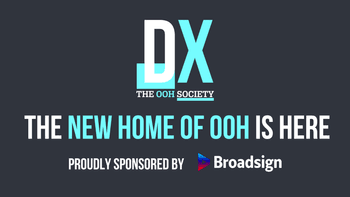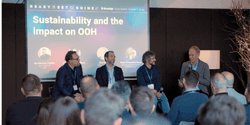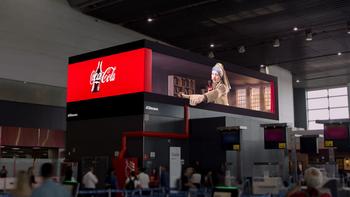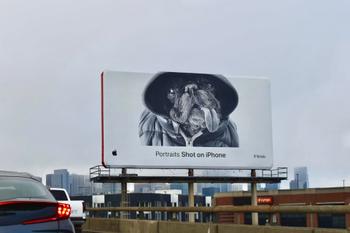Earlier this year, our CEO, Burr Smith, announced that Broadsign was setting a goal to achieve carbon neutrality by the end of 2023. Since then, we finalized our internal audit and started putting our emissions reduction plan in place. Today, we’re sharing an overview of Broadsign’s emissions and a detailed plan explaining our reduction targets along with the types of offset providers we are evaluating to make good on that commitment.
We’d like to take this moment to offer our sincere thanks to our partners at RWDI for working with us on this project, as well as the many Broadsigners who contributed their time and input to get this important work done. We’re delighted with the progress we have made and look forward to seeing this plan through over the months and years to come.
What we assessed
Carbon footprint assessments typically look at emissions across three categories or scopes.
Scope 1: Emissions from facilities or vehicles directly owned by the company.
Scope 2: Emissions from electricity, heating, or cooling directly purchased by the company.
Scope 3: Emissions from indirect sources, including everything from cloud computing to employee travel to waste generation.
As Broadsign does not operate its own facilities or vehicles, we don’t have any emissions that fall into Scopes 1 or 2. Therefore, all emissions reflected in our final tally fell into the Scope 3 category.
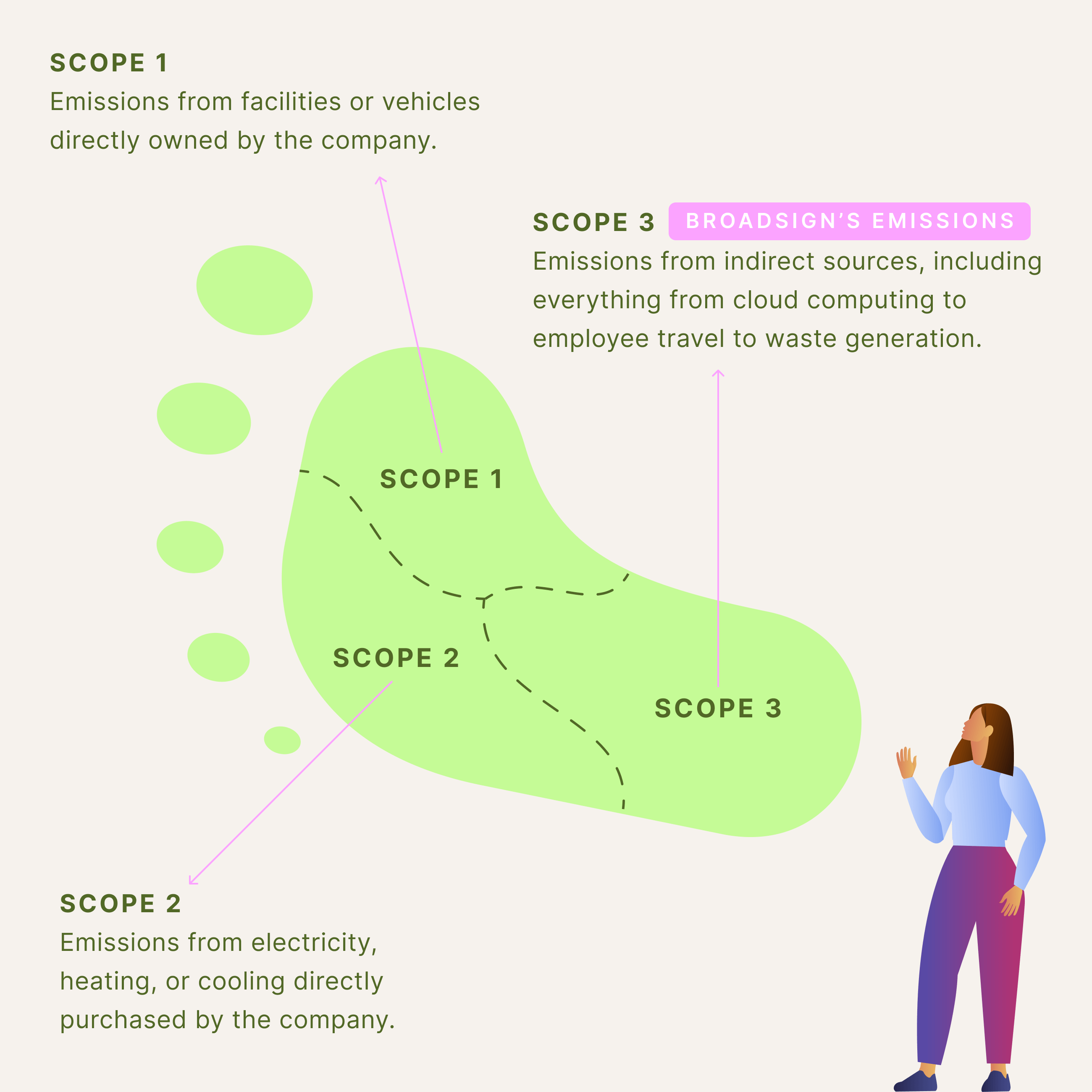
How we assessed it
We undertook our carbon footprint calculation and analysis with the assistance of RWDI, a consulting engineering firm with a great deal of experience helping other companies complete similar analyses.
The calculations used during this project were based upon the Greenhouse Gas Protocol’s Corporate Value Chain (Scope 3) Accounting and Reporting Standard. This is an internationally recognized standard that is used by companies worldwide as they work to calculate and reduce their carbon footprint. You can find more information about the standard here.
The project took several quarters to complete, with most of that time dedicated to calculating emissions data associated with all the moving parts of our business—things like our cloud computing, air travel, hotel stays, employee commutes, hardware and software procurement, etc.
The principal unit for our assessment is CO2e, or carbon dioxide equivalent, emissions. This unit is used because the true emissions of a company will likely include a number of different greenhouse gases of different levels of climate-changing intensity.
Rather than calculate the individual emissions and impact of each gas, it is standard practice to instead express the overall climate impact in terms of the equivalent amount of CO2 it would take to achieve that impact.
The big-picture results
From January 1, 2022 to December 31, 2022, Broadsign’s emissions totaled 1,101 metric tons of CO2e.
To better contextualize this, here are a few comparisons. 1,101 metric tons of CO2e is the equivalent of:
- The annual electricity consumption of 214 US homes.
- 4,542,320 kilometers (2,822,467 miles) driven in a typical gas car.
- The amount of CO2 sequestered by 1,313 acres of U.S. forests in one year.
If you’re curious, you can do your own comparisons for other carbon emission tallies using this calculator from the United States Environmental Protection Agency.
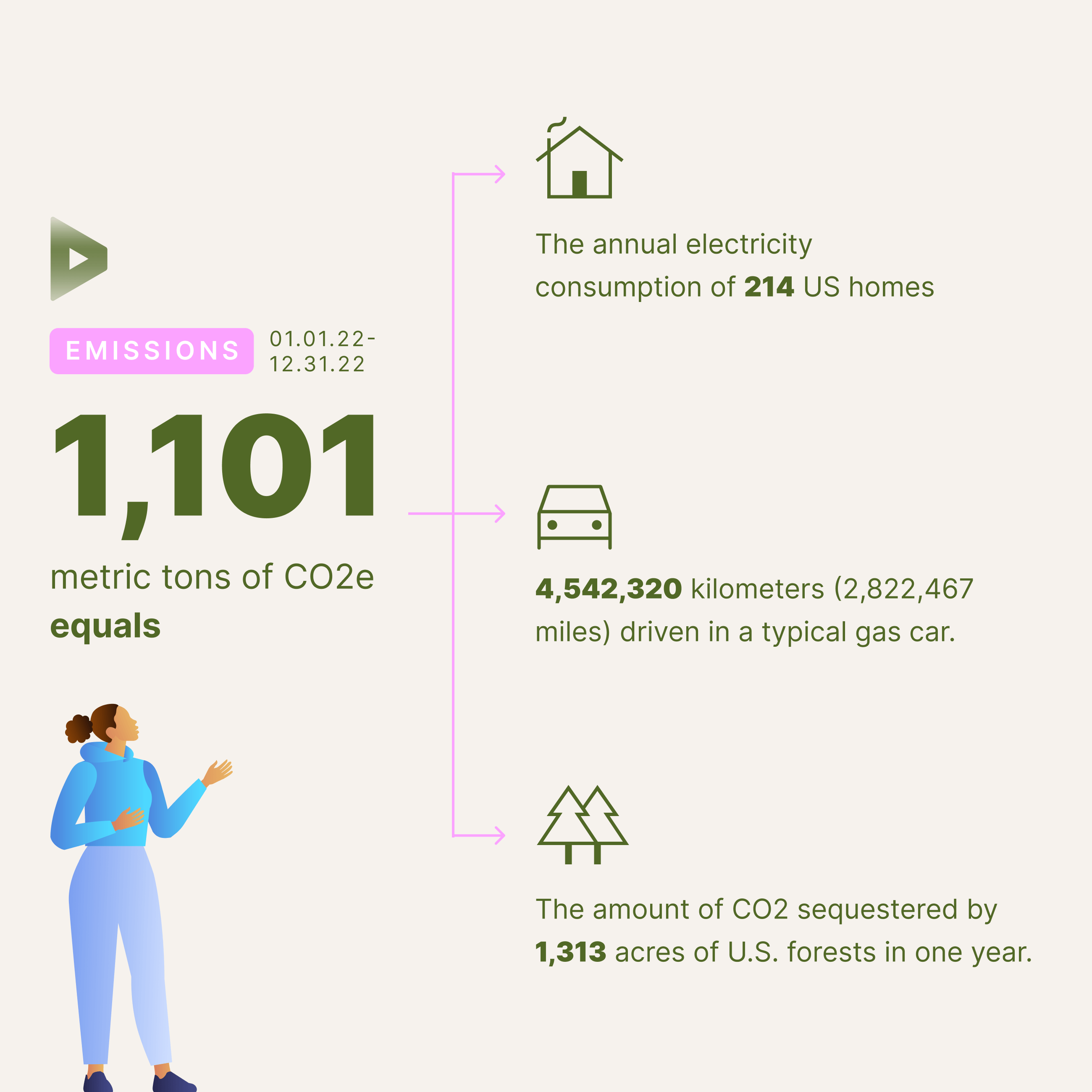
Breaking down our emissions
Broadsign’s CO2e emissions can be grouped into the following five categories:
Purchased Goods and Services: Includes cloud computing, other software and services, food and beverages, internet, corporate events, etc.
Waste Generated in Operations: Garbage, food waste, recycling, etc.
Business travel: Travel by air, train, bus, taxi, or rental car, as well as hotel stays. Hotel stays are considered optional under the GHG protocol, but we included them in our calculations to be as comprehensive as possible.
Employee commuting: Any emissions arising from the transportation of employees from their residence to their workplace.
Upstream leased assets: Emissions associated with power, heating, and other types of consumption from the office spaces leased by Broadsign around the world.
Emissions per category
Across these five categories, here is how our emissions are concentrated. All numbers are in metric tons of CO2e.
Purchased Goods and Services 397.6
Waste Generated in Operations 28.0
Business Travel 583.6
Employee Commuting 31.5
Upstream Leased Assets 48.2
TOTAL 1101.0
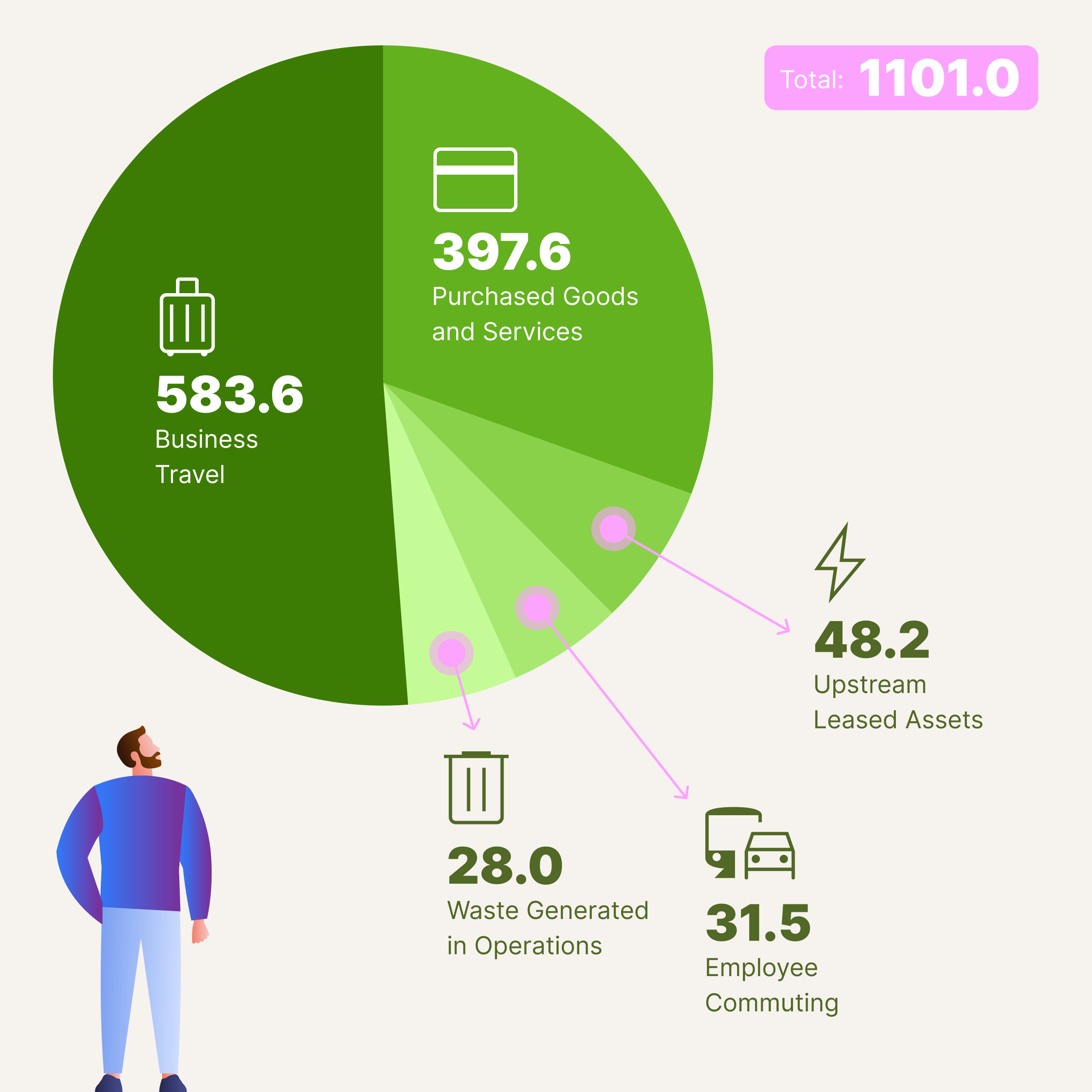
Our plan for getting to net-zero
As we progressed in our work to understand our carbon footprint, we realized that it was within our reach to be ambitious with our targets and commit to achieving net-zero status by the end of 2023.
As part of this decision, it was agreed that the steps taken to achieve net-zero status must be substantial, must include reductions (i.e. we’re not simply throwing money at our emissions and calling it a day), and that offsets purchased as a part of our plan must be certified to be as impactful as offsets can be.
Our first target for reductions: Cloud computing
The location of the computational resources used by cloud systems has a significant impact on the carbon intensity of their use. Recognizing that, we are making carbon emissions a key consideration when determining where current and future cloud computing resources used by Broadsign are located.
To start, new customers making use of our products built upon Microsoft’s Azure cloud computing services will see their services hosted in a data center based in Quebec City. More than 99 percent of the province of Quebec’s electricity production comes from renewable energy sources (the vast majority is hydroelectric, with wind and other renewable sources filling in the rest), meaning that this cloud computing will be very clean from a carbon emissions standpoint.
We will also be initiating discussions with existing customers using our Azure-based products in hopes of migrating as many of them to this data center as possible.
Those of our products built upon other cloud computing platforms are already hosted in data centers with clean energy mixes, so virtually all the improvements we can make on this front are tied to our Azure deployments.
The challenge of addressing business travel
Our largest emissions category, business travel (and air travel in particular) is one of the most challenging areas to reduce emissions in. We have embraced remote work and telecommunications as an alternative to in-person meetings, but there are occasions when being face-to-face offers a distinct advantage in building relationships with our customers and partners.
While Broadsign intends to continue engaging in air travel to conduct business, we are taking steps to do so more sustainably. This includes strengthening our travel policy to prioritize options that minimize our carbon footprint where possible, with the goal of being more restrictive about travel that could be replaced with a virtual meeting. Over time, our goal is to decrease emissions associated with flights taken for our business in proportion to the size of our business.
We are also implementing a best practice of carbon budgeting across the business which will create visibility, tracking, and funding for any offsets we may require.
Finally, we are watching this category especially closely and will be seeking additional opportunities to make reductions where possible.
Additional steps we are taking
We are making sustainability a priority for our business in any decisions we make. From procuring hardware to selecting software providers or locations for new cloud computing resources, we are making carbon intensity a key consideration alongside costs, local regulations, and the other factors that go into making significant purchases.
The offset providers we will work with
Offsets have a bad reputation, and it is important to us that the provider we partner with offer a program that is verifiably effective and operates in a manner that maximizes the odds of long-term or permanent sequestration of captured carbon emissions.
We will be selecting an offset provider that upholds the following core principles of quality:
- Additionality: The offsets reduce or remove emissions in addition to emission removal that would have occurred in the absence of the offset project
- Permanence: The reduction/removal is permanent, or at least will last for 100 years at a minimum
- Leakage: The offset does not merely shift emitting activities to a different place
- Quantifiable: The impact of the offsets can be reliably measured and quantified
- Verifiable: Data related to offset performance is independently verified using an established protocol or methodology
- Do no harm: The offset doesn’t produce other social or environmental harms
In order to meet these requirements, we intend to take an approach that will see us partner with an organization that does actual carbon sequestration.
Because there are few organizations right now that do direct air carbon capture (using machines to suck carbon out of the air) in an efficient or scalable way, we will almost certainly be selecting a partner that accomplishes this through biosequestration or enhanced mineral weathering.
Biosequestration operates according to a similar principle as direct air carbon capture, only using organic matter as the tool with which carbon is captured and stored. Enhanced mineral weathering stores carbon in the form of carbonate minerals by accelerating the natural weathering of silicate rocks by grinding them up to expose more surface area to be weathered.
Because of the precarious nature of projects involving the planting of new forests—a forest fire, for example, can wipe out the results of such a project in rapid order—we will be prioritizing opportunities to work with carbon capture organizations that sequester carbon in the ground or in the soil. These should prove more durable, are often done in-situ on working farmland and are therefore likelier to result in meaningful carbon offsetting over the long term.
We will be offsetting all of this year’s emissions by the end of the year and will announce our selected offset partner at that time.
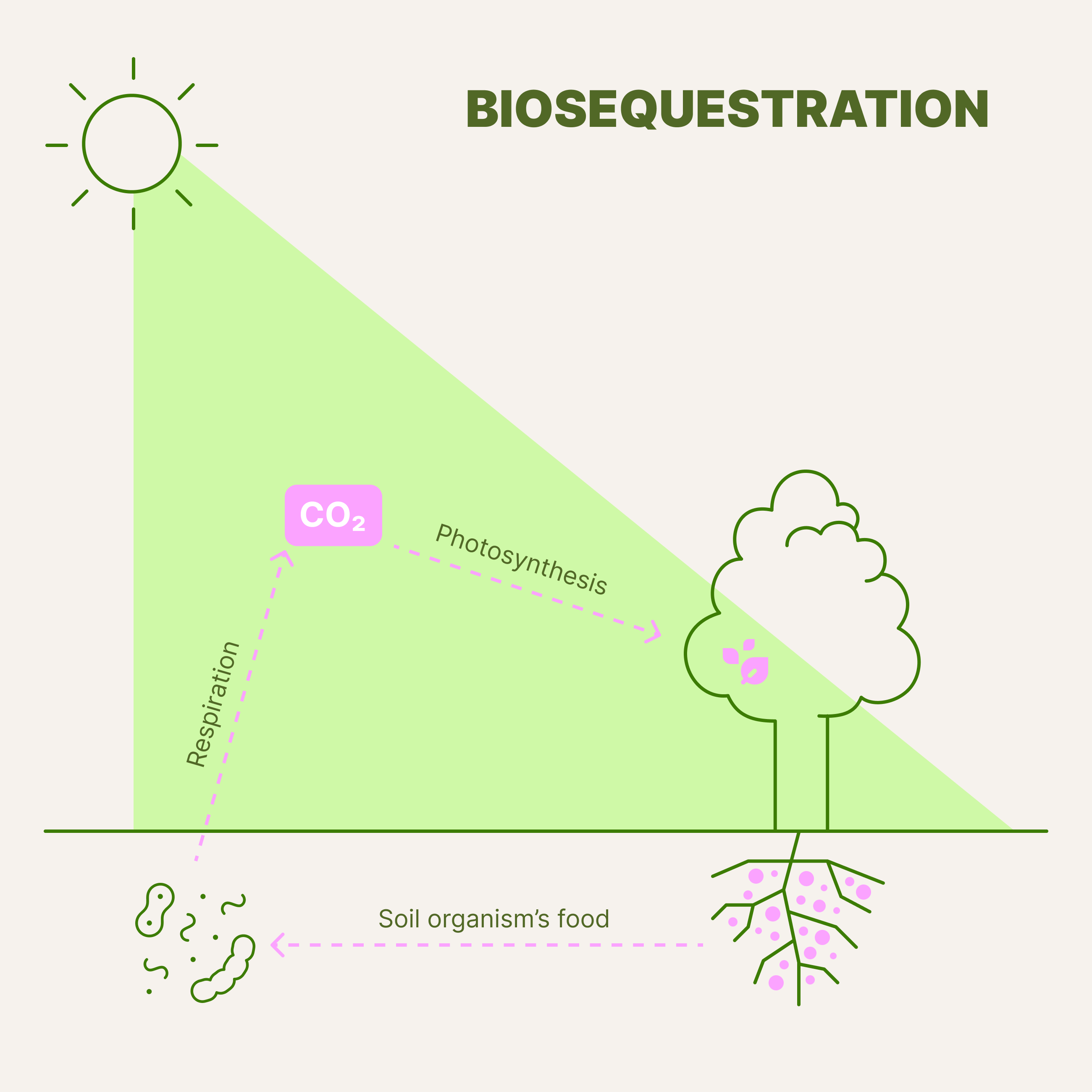
Looking ahead: Broadsign, OOH, and carbon emissions
Our commitment to being a net-zero business is one we intend to keep over the long term. To this end, we will be working continuously to improve our data collection, perform regular analyses, and have our work reviewed by independent experts. We want to understand the impact of our work to reduce and offset our carbon emissions, and we want to make sure our calculations and the steps we take are in line with the shifting landscape as the world and our business change.
We also intend for this project to kickstart a new level of engagement with the wider out-of-home industry in the realm of sustainability. We see an opportunity to share what we’ve learned with media owners, agencies and brands, and fellow software providers looking to make the out-of-home space cleaner and more sustainable for years to come.
We thank you for your interest in this project and invite all questions, ideas and constructive criticism you may have as we look to refine our efforts and improve our results over the months and years to come. We truly do appreciate any contributions made to help us get this more and more right.


